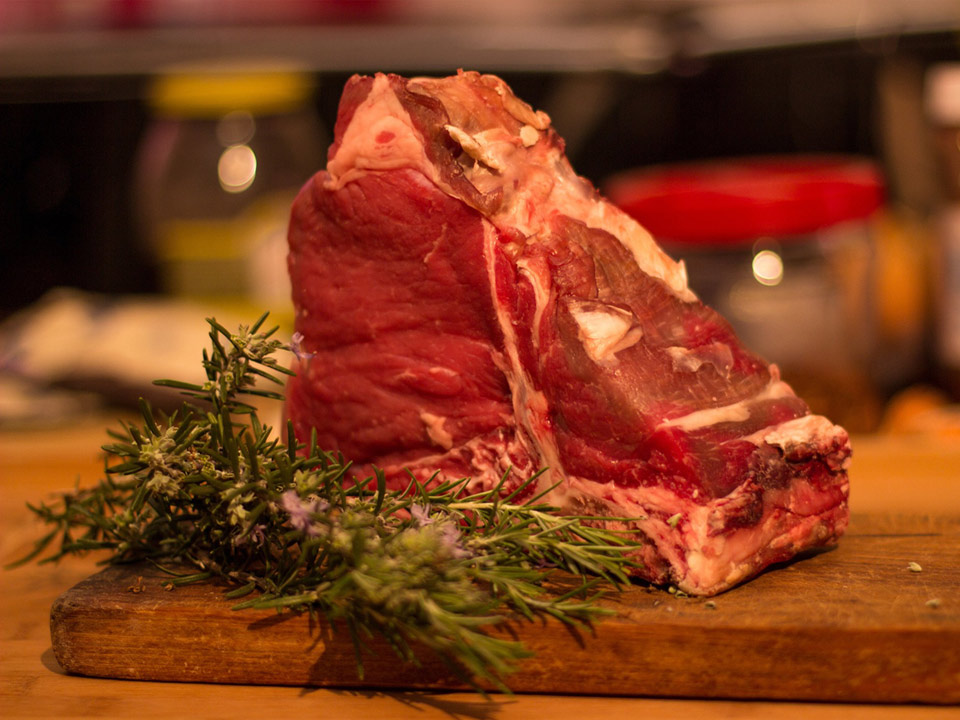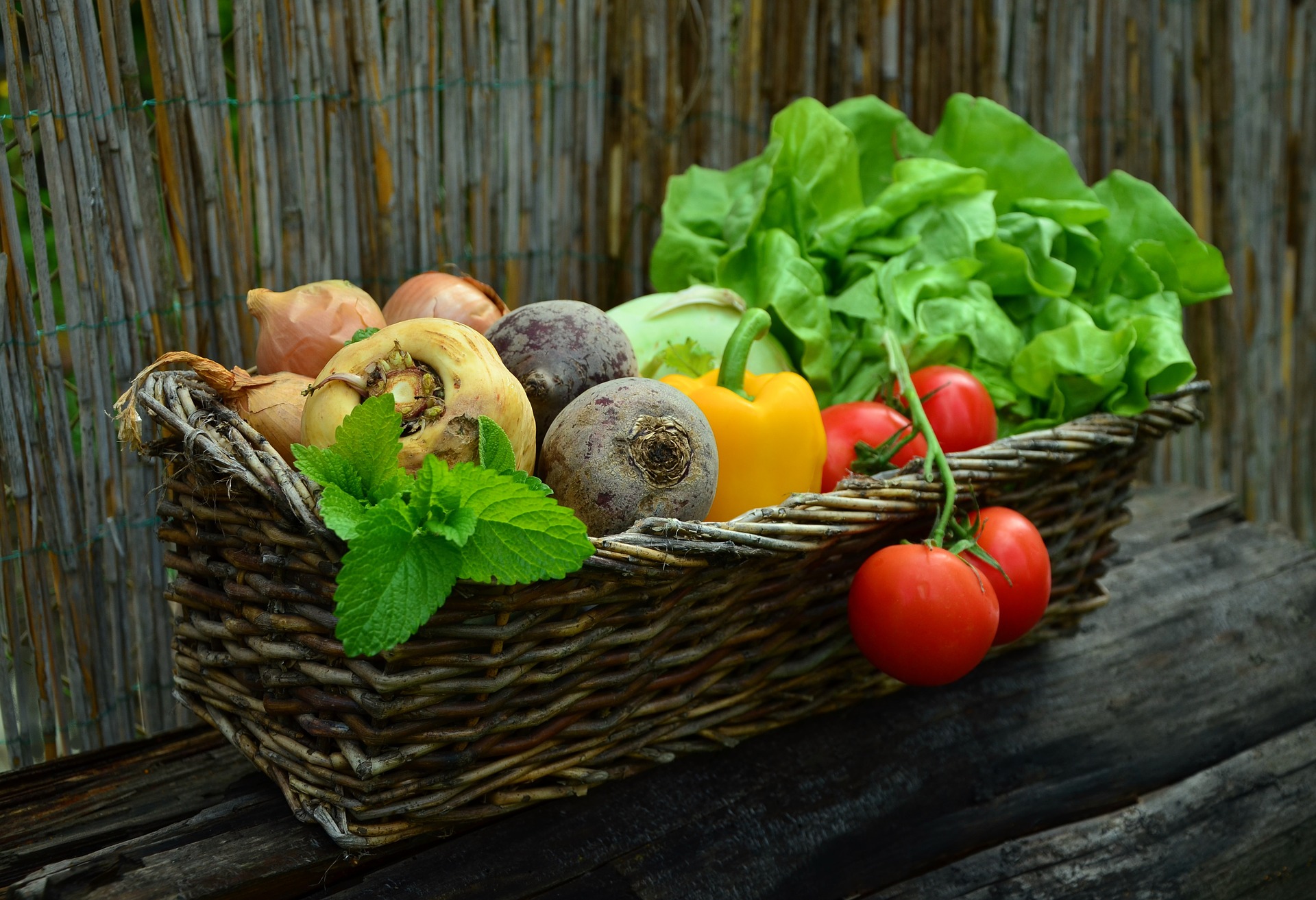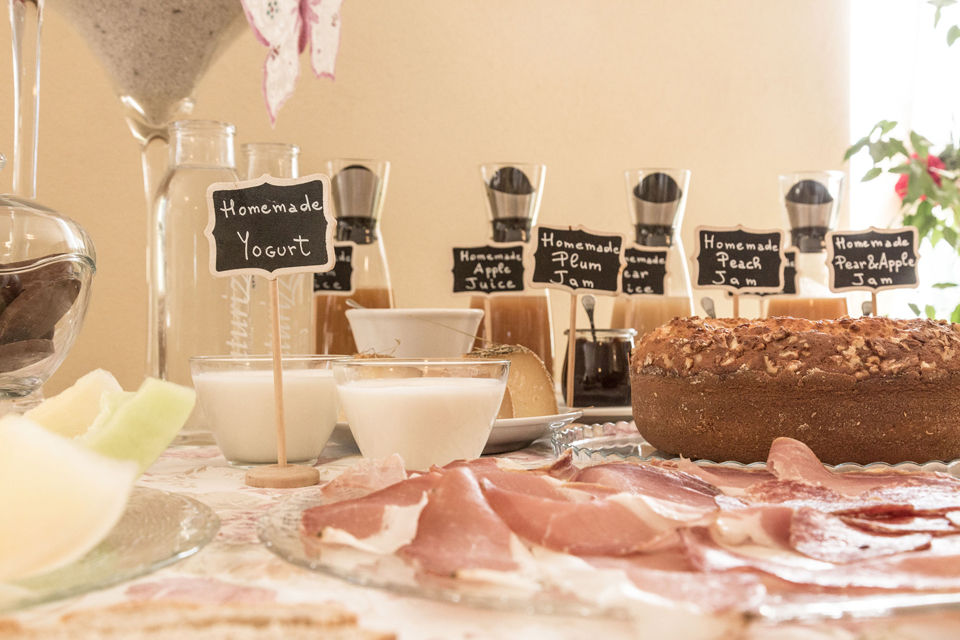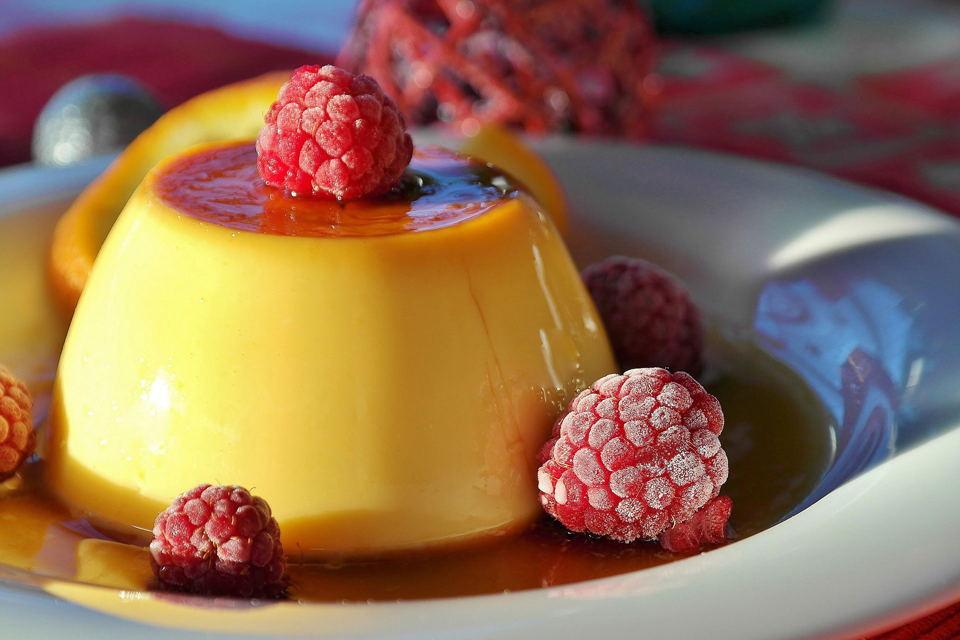
Main Courses
Roasted Tuscan meats, rabbit cacciatore, bistecca alla fiorentina, pork livers, sausages with broccoli rabe, roast beef with vegetable sauce, wild boar stew…
Roasted Tuscan meats: this dish is very typical in Tuscany and is especially prepared during the holidays when families come together at the table, as the cooking requires time and attention. As with so many traditional Tuscan dishes, the recipe is simple and involves the use of excellent ingredients such as extra virgin olive oil, aromatic herbs, and the selection of various types of meat to satisfy all guests at the table!
In this area, it is quite common to find this dish because the majority of people live in the countryside and raise their own animals like turkeys, pigeons, rabbits, chickens, ducks and geese. But you are not limited to these and can cook anything you like including a piece of pork loin. Prepare the meat without cutting it into pieces, salt it, and then spread on a baking sheet and add chopped garlic, sage, rosemary, and plenty of extra virgin olive oil. Roast the meats slowly at 150° Celsius/300° Fahrenheit for about 1 hour and a quarter so the meat doesn’t become too dry. Occasionally stir the meat with a spoon and baste with the cooking juices, adding a tiny bit of water to the juices to help keep the meat moist. After this you can add diced potatoes to the pan and raise the cooking temperature up to 170 °C/ 340° F so that the meat develops a crust on the outside. In the end the roasted meat will be perfect: tender on the inside and crispy on the outside. Cut into pieces and serve hot.
Bistecca alla Fiorentina: The famous Florentine steak is a cut of veal of the Chianina breed of cattle, which has a T-bone in the middle dividing the fillet from the sirloin. The “Chianina” is a breed of ancient origins, is very precious in Italy, and is named after the area Val di Chiana. It’s a cut of meat low in fat and high in protein that is cooked on the grill, never pricked with a fork, and served rare. Usually the minimum weight for a steak is at least 800/1000 grams.
Rabbit cacciatore: Rabbit is a very popular meat in Tuscany, but you can also prepare this recipe with other types of meat like chicken, duck or goose. Cut the meat into small pieces and place in a low, wide pot. Add salt, sage, garlic, and plenty of extra virgin olive oil, and cook over medium heat. Add a little water from time to time to prevent the meat from sticking to the bottom, but not too much or else the meat will become boiled. Cover with a lid. When the meat is browned and cooked, at this point add tomato puree and season with salt. Cook about ten minutes so that the water evaporates from the tomato and forms a truly savory sauce.
Pork Livers: Pork livers are a Tuscan specialty, a tradition among peasant farmers. When they slaughtered the pig, they then cut the liver into small pieces and seasoned it with wild fennel, salt and pepper, and then wrapped each piece in a net to be cooked individually in lard.
Sausages with Broccoli Rabe: This simple dish is tasty and another tradition from when the pigs were killed and the farmers cooked sausages over the fire. Meanwhile they boiled broccoli rabe, then sautéed garlic and olive oil in a pan. The broccoli rabe and cooked sausages were then added to the pan and served together. Simple yet delicious!
Roast beef with vegetable sauce: Start with a rump roast of veal, tying it with string, and weaving in two sprigs of rosemary. Place in a low, wide pan. Add salt, 3 carrots and 3 ribs celery cut into cubes, sliced onions, and plenty of extra virgin olive oil. Cook over low heat. Turn the meat occasionally, adding a bit of water if it is sticking to the bottom. After one and half to two hours depending on the size of the roast, the meat will be cooked, but should remain pink inside and browned on the outside. The vegetables that you cooked alongside the meat are put through a food mill to form a velvety sauce that is served over slices of the roast beef.
Wild boar stew: The wild boar, cinghiale, is a very common animal in this area and is found in many traditional recipes. Because the wild boar is a game meat, it is a little harder than its domestic counterparts and so requires a longer cooking time. Prepare the meat by cutting it into pieces. Bring a pot of salted water to a boil then add onion in chunks, a sprig of rosemary, and the pieces of meat. This process is important to remove the gaminess from the wild boar. Skim off the foam and boil everything for 15-20 minutes, then remove from heat.
Meanwhile in a frying pan, sauté chopped garlic, carrot, celery, parsley and plenty of extra virgin olive oil. When the vegetables are ready, add the pieces of drained meat (discard the cooking water). Add salt and cook on low heat for about one and a half to two hours, adding a tiny bit of tiny of water if the meat sticks. When the meat is browned and well cooked, turn up the heat and add a glass of red wine. After the wine has evaporated, you can add tomato sauce, season again with salt if necessary, and cook another half hour.



